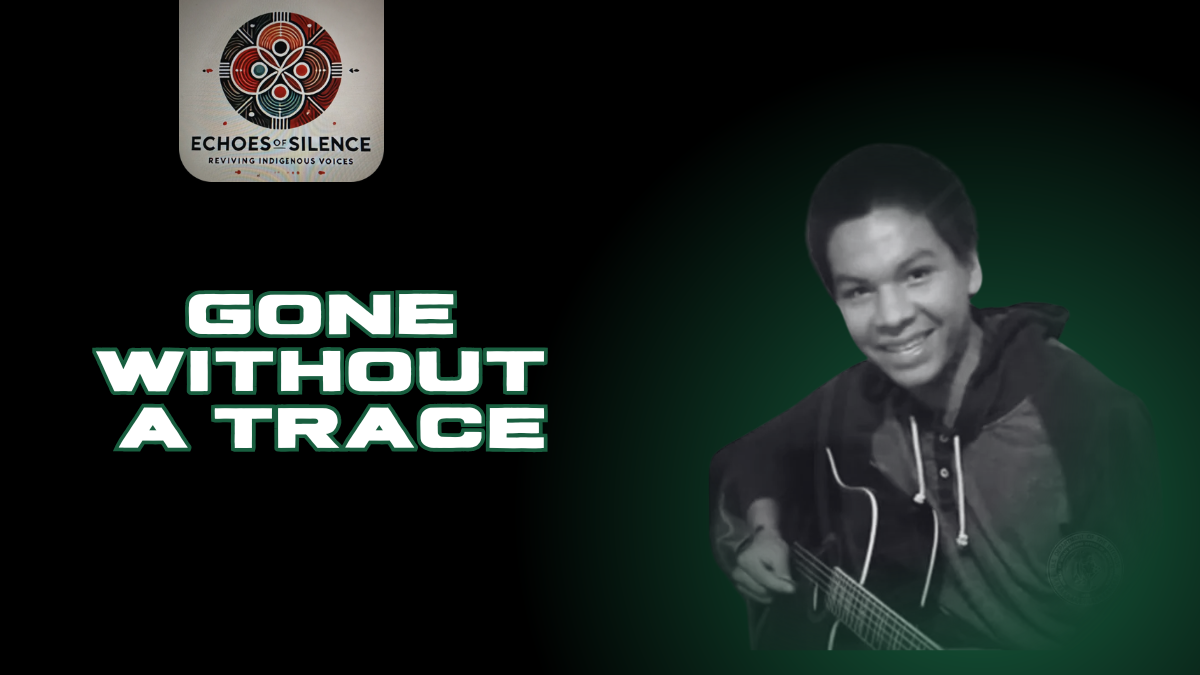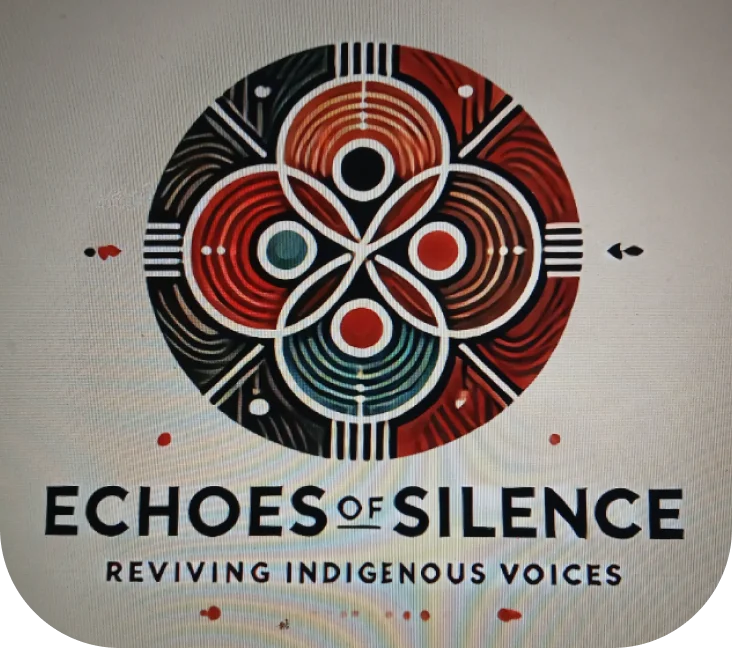Gone Without a Trace: Jeremy Jourdain’s Disappearance and the Fight Against MMIW

What happens when someone you love just vanishes? One minute they’re there, the next—gone. For thousands of Indigenous families across North America, this isn’t just a scary thought. It’s their life. Jeremy Jourdain went out on Halloween in 2016 and never came back home. His story isn’t just some random case—it’s part of a much bigger problem that’s been ignored for far too long.
The worst part? So many people don’t even know this is happening. But now, new tech is finally giving families tools they’ve needed for generations. Here’s why Jeremy matters to all of us, and how some game-changing solutions are helping Indigenous communities protect their people.
The Night Jeremy Disappeared
- Last seen: Halloween night 2016, at a party in Bemidji, Minnesota
- What he wore: Blue and grey hoodie with blue jeans
- Age: Just 17 years old
- Tribe: Leech Lake Band of Ojibwe
Jeremy’s case follows a pattern we see too often. Young. Indigenous. Gone without a trace. His family has spent years looking everywhere—organizing search parties, putting up flyers, begging police to take his case seriously.
But too often, they hit walls. Police didn’t jump on the case. Media barely covered it. It’s the same story for so many Indigenous families when their loved ones go missing.
The Crisis Nobody’s Talking About
The stats are shocking. Indigenous women face murder rates up to 10 times higher than the national average in some places. Men and boys like Jeremy vanish too, but you rarely hear about them on the news.
In 2016 alone—the same year Jeremy disappeared—5,712 Indigenous women and girls were reported missing. But only 116 made it into the Department of Justice database.
Why such a huge gap? It comes down to a perfect storm of problems: confused jurisdiction, historical trauma, and straight-up racism that’s left Indigenous communities vulnerable and forgotten.

Why These Cases Go Cold
Several things stack the deck against families like Jeremy’s:
- Late starts – The first 48 hours matter most in missing persons cases. For Indigenous victims, searches often don’t begin until days or weeks later.
- No media coverage – Jeremy’s story never made national headlines. Most Indigenous missing persons cases don’t. Meanwhile, when white women go missing, it’s breaking news.
- Missing data – There’s no good system tracking missing Indigenous people. We don’t even know the true size of this crisis because no one’s keeping proper count.
- No resources – Many tribal police departments have just a handful of officers covering huge areas. They simply can’t investigate properly.
These barriers have left Jeremy’s family fighting an impossible battle for answers.
The Person Behind the Case
Jeremy wasn’t just a statistic. He was a kid with a bright smile who played basketball. He had people who loved him. He had plans.
His aunt Kristy said it best: “Not knowing if he’s alive or if he’s suffering or cold or hungry—it’s the worst feeling a family can experience.”
This pain spreads through entire communities, where the trauma from generations of violence gets even worse every time another person disappears.
Tech That’s Changing the Game
With the system failing them, Indigenous communities are turning to technology instead. The RIV app is breaking new ground with some serious innovations:
How RIV Protects Indigenous Lives
- Echo Alert – Links with FEMA’s emergency alert system to blast notifications the moment someone goes missing
- AI Analysis – Uses smart algorithms to spot patterns across different cases
- Blockchain Records – Makes sure evidence can’t be tampered with or “lost”
- Mesh Networks – Lets people communicate in remote areas with no cell service—exactly where many Indigenous people are most at risk
This technology tackles the specific problems that have messed up cases like Jeremy’s. If this system had existed in 2016, his disappearance might have triggered immediate alerts and preserved evidence that got overlooked.
Community Solutions Making Real Change
The most powerful approaches combine tech with community action:
- Indigenous search teams have formed in many regions, jumping into action when police move too slowly. These volunteers know their land and have found missing people when official searches came up empty.
- Indigenous-run databases like those from the Sovereign Bodies Institute track cases accurately when government agencies won’t.
- Safety training programs teach community members how to protect themselves and respond when someone goes missing.
- Traditional healing practices support families like Jeremy’s through ceremonies that honor missing loved ones while helping those left behind cope with unimaginable pain.
These grassroots efforts show that the best solutions come from within the communities themselves.
What You Can Do Right Now
This crisis needs action from everyone. Here’s how you can help:
- Back Indigenous organizations working on this issue—donate money or time
- Learn about cases in your area and share them online
- Push lawmakers to improve data collection and investigation resources
- Use tools like RIV that help protect vulnerable community members
- Show up for walks, vigils, and awareness events
Most importantly: listen to Indigenous voices and follow their lead.
Where We Go From Here
The movement to end violence against Indigenous people is gaining strength. Laws like Savanna’s Act and the Not Invisible Act have created new requirements for better data and response protocols.
Tech solutions like RIV represent the future of protection and investigation. By combining traditional knowledge with cutting-edge tools, Indigenous communities are building safer futures for their people.
Remembering Jeremy
As this work continues, Jeremy’s family still hopes for answers. His story shows why this matters—not as some abstract social issue, but as a human crisis affecting real people with names, faces, and families who miss them every day.
The message is clear: No more stolen sisters. No more stolen brothers. No more families left wondering if their loved ones will ever come home.
Jeremy, and all the missing Indigenous people across North America, you are not forgotten. The fight continues.
